
The age of miniscule computer chips has delivered sweet sounds to modern toy train locomotives. But such systems can add a sour note when they start acting “funny.” MTH’s original ProtoSound and ProtoSound 2.0 systems can create great anxiety when the systems backfire. The culprit is often a component that’s hardly hi-tech. It’s the battery. […]
Read More…
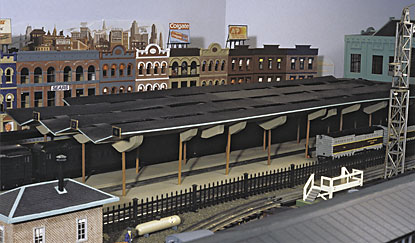
In the October 2005 issue, I explained how to build a large terminal building for your O gauge layout. But the actual building is only part of a terminal complex. Whether it’s a terminal (with stub tracks ending next to it), or a station (with through tracks beside it), there’s almost always a train shed […]
Read More…

M.B. Klein, also known as Model Train Stuff, has announced their closure after 111 years in operation. This announcement was released on their website as well as on their social media channels. Uncertainty has surrounded Model Train Stuff following the closure of Hattons Model Railways, a United Kingdom-based model railways manufacturer and distributor which owned […]
Read More…
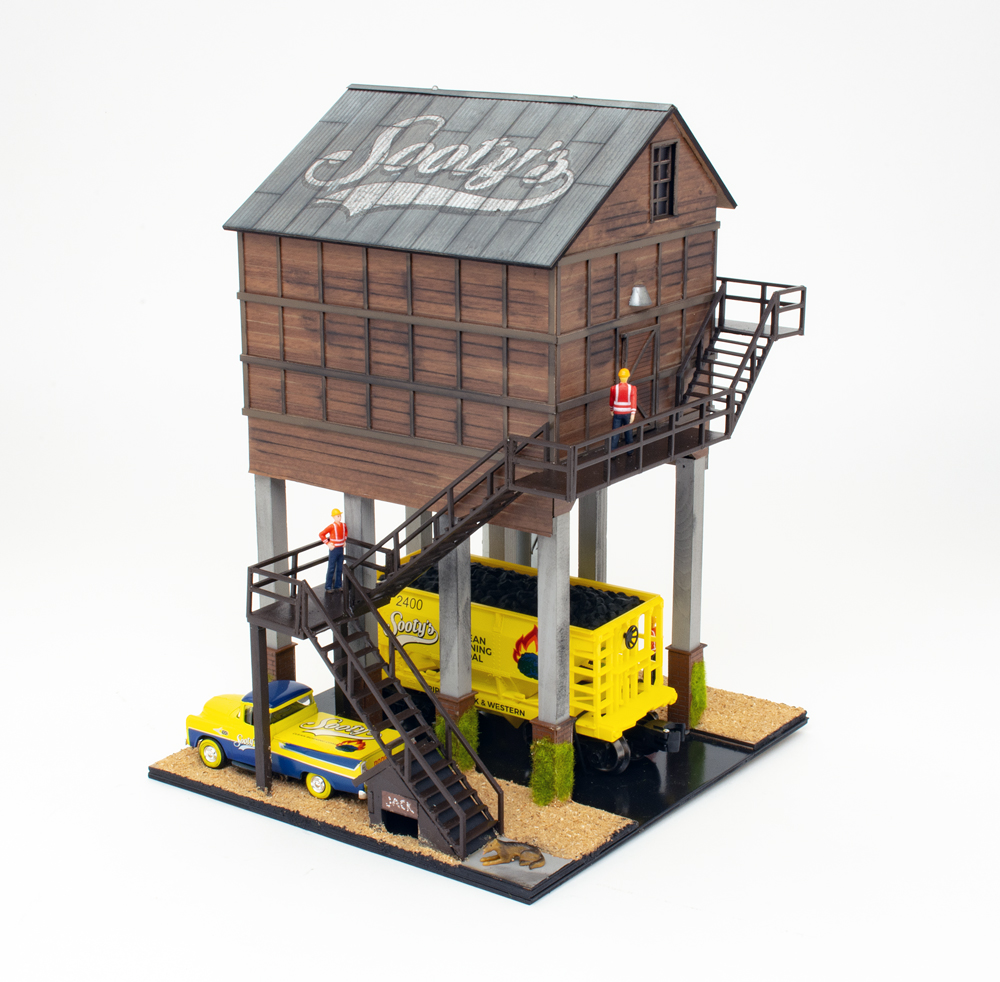
Menards fictional city of Cripple Creek has expanded to include Sooty’s Coal Tipple (275-9271). Historically, coal tipples were located near mines. Small loads of coal would be brought up from the mines and dumped into a larger hopper car. Coal would be carried up into the tipple via a conveyor belt. Many tipples had a […]
Read More…
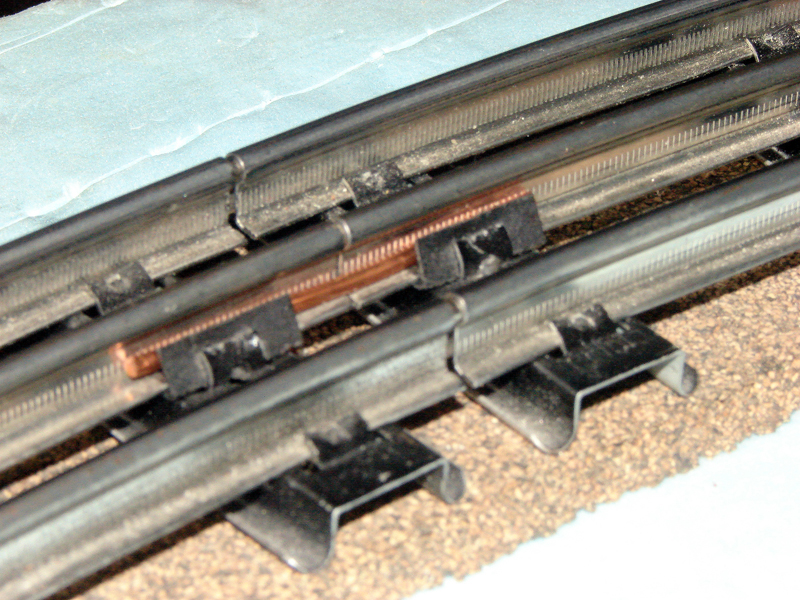
One of the common drawbacks of tubular track, particularly older pieces, is inconsistent electrical conductivity. This is caused primarily by corrosion inside the rails interfering with the flow of power through the track pins. I tried a number of solutions, including soldering track together (bad idea), running jumper wires from center rail to center rail, […]
Read More…

There are many track choices available to the O gauge hobbyist, but for the traditional enthusiast Lionel tubular track has great appeal. This is the track we grew up with, and for many of us it is still the track of first choice. It’s toy-like, and many of us like it that way. However, […]
Read More…

In the less technologically complex postwar era, the two most popular ways to activate such trackside devices from Lionel as grade crossing lights and block signals were the nos. 145C, 153C, and 1045C contactors (devices that used a train passing over the contactor to power a circuit) and the insulated track section. Over time, the […]
Read More…
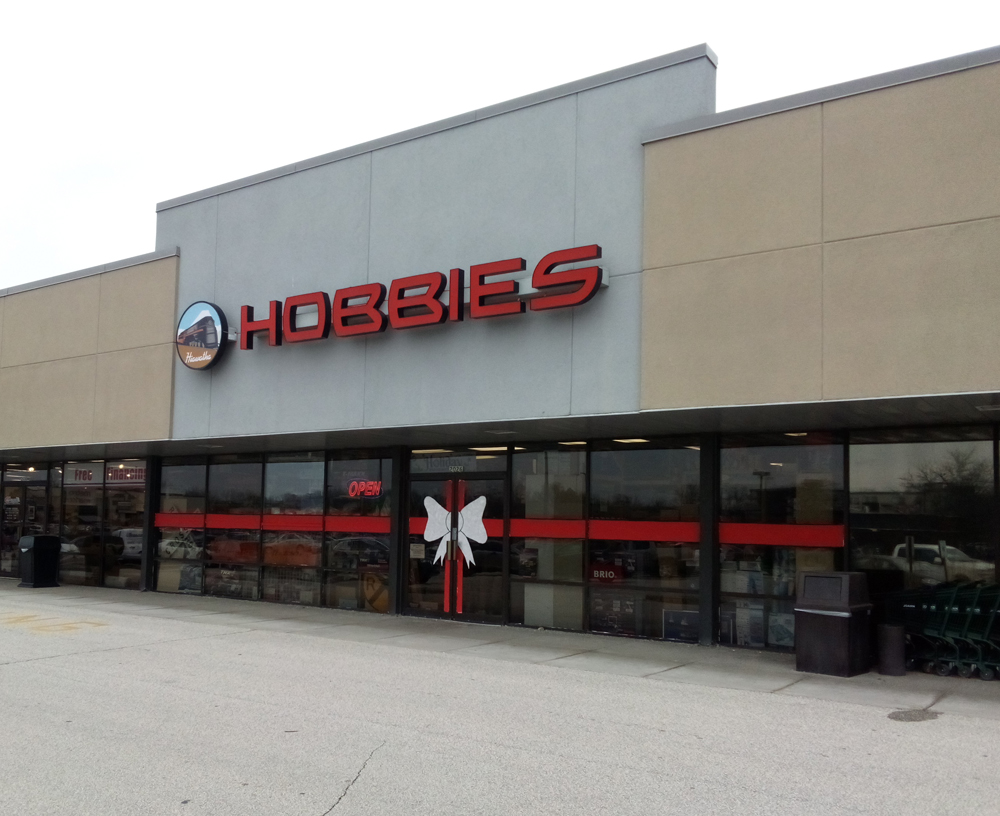
The holiday season is when many people get introduced to model railroading. It usually starts with a train set that contains a locomotive, a few freight cars, a caboose, some track, and a power supply. Eventually, you’ll probably want another locomotive or some new cars. Here are some ideas on where to buy model trains. […]
Read More…
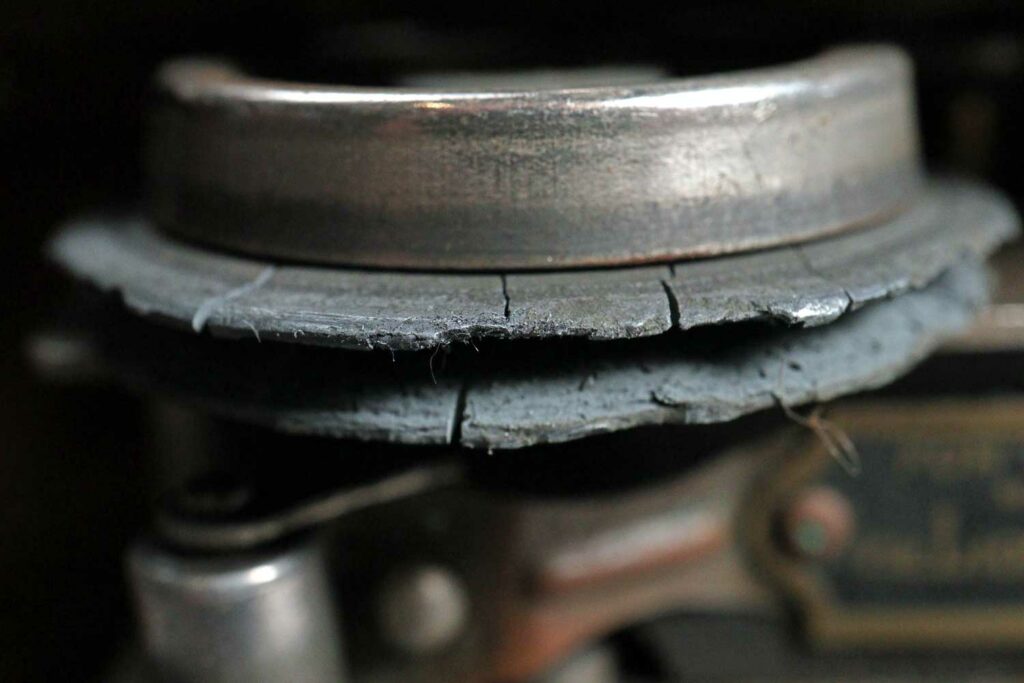
You may have heard the term “zinc pest,” or maybe “zinc rot” or “zamak pest,” but what is zinc pest? And how does it affect toy trains? In the earlier days of toy train manufacturing, trains and their parts were diecast with alloy metals, made from zinc, aluminum, magnesium, and copper. It was an inexpensive […]
Read More…

Design a toy train layout — O, S, or Standard/Wide gauge — it requires above all making one fundamental decision. Each operator must decide what sort of look he or she wants the layout to have. To be specific, each modeler has to figure out the extent to which the layout, regardless of size or […]
Read More…
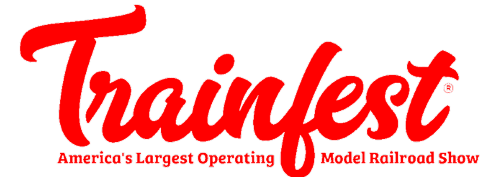
In a press release sent to Kalmbach Media, Great American Train Shows has confirmed the dates and location of the 2024 Trainfest show. The event will be held from November 23-24 at the Baird Center, located at 400 W. Wisconsin Ave., in Milwaukee, Wis. According to the GTS website, consumer tickets will go on sale […]
Read More…

Last week, the model railway community was surprised to learn of the closure of Hattons Model Railways, a renowned United Kingdom-based model railways manufacturer and distributor. In the ensuing days, questions have arisen regarding the future of M.B. Klein, also known as Model Train Stuff. It was announced in September of 2023 that M.B. Klein […]
Read More…











